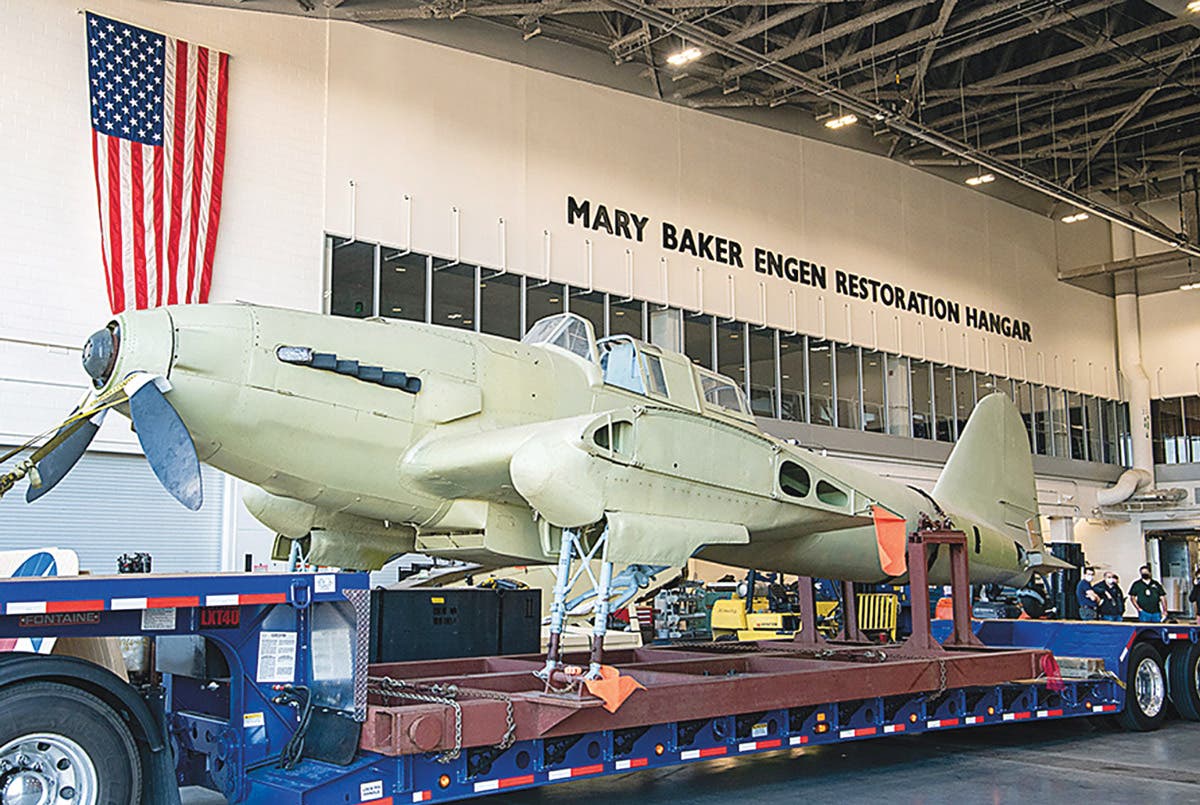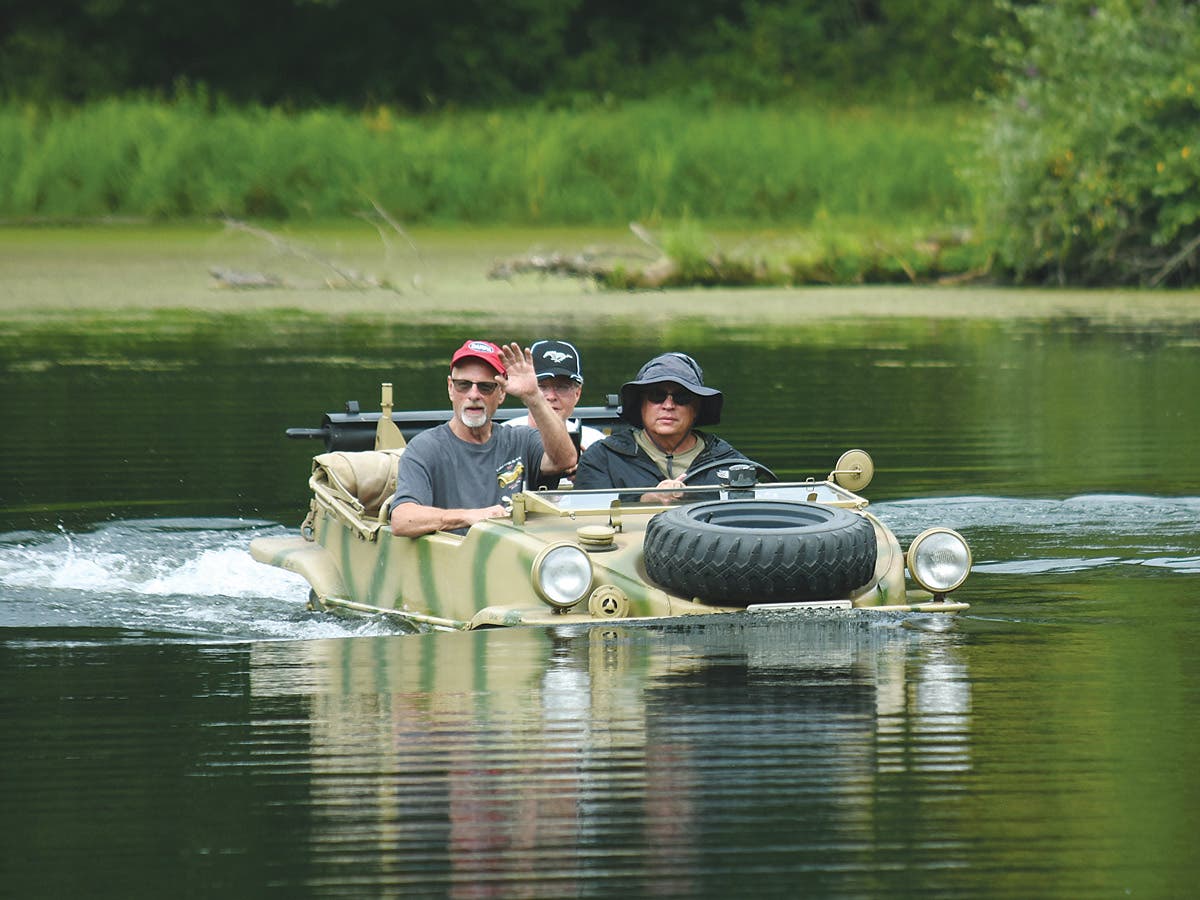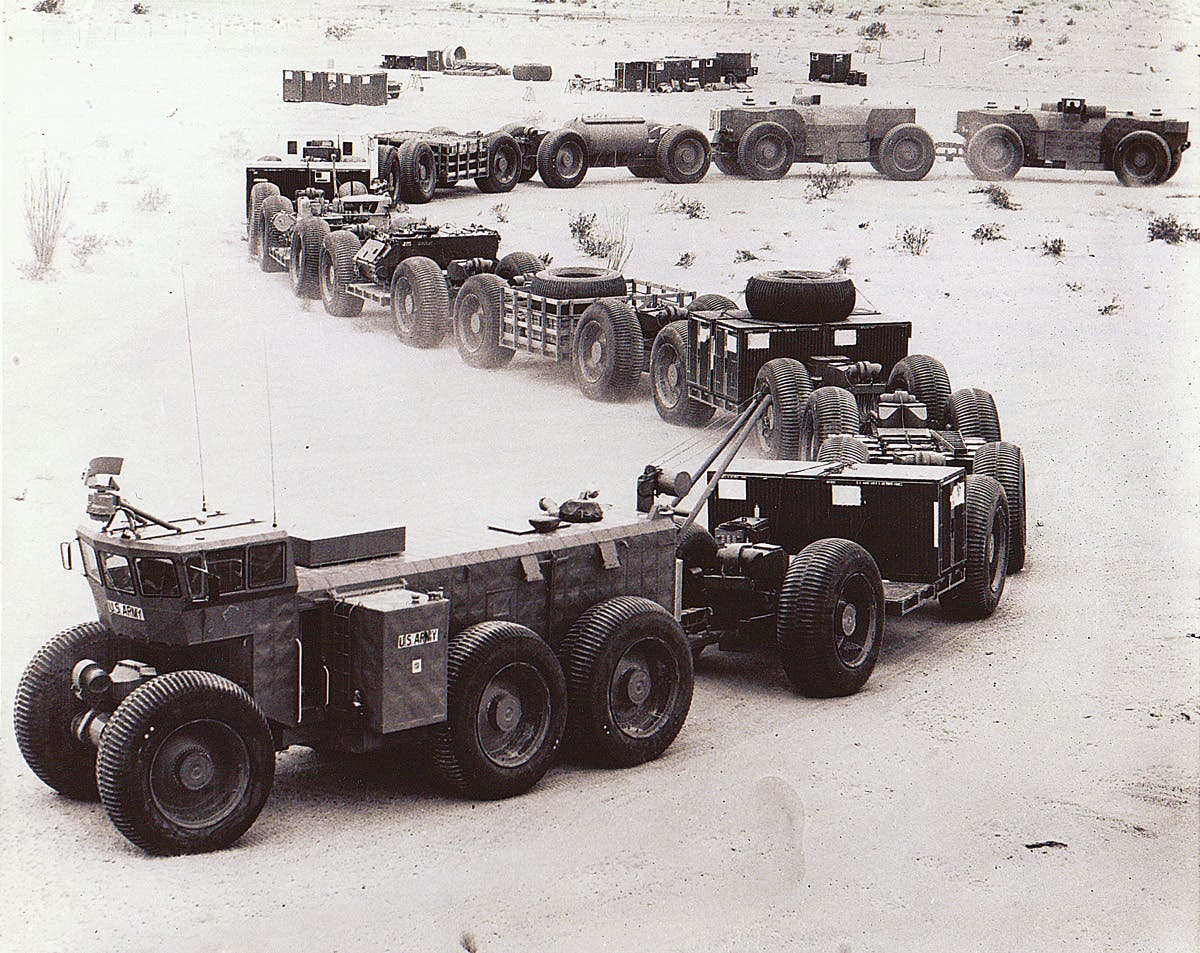Think Before You Import Military Hardware
Whether surplus military vehicles, planes, or stacks of helmets, there are regulations regarding what can be imported.
For better or worse, the conclusion of wars is one of the main arteries into the life of the militaria and military vehicle market. Since there hasn’t been a war fought on the United States mainland since 1865, the flow into this particular artery begins overseas. For most, this is only a financial hurdle, requiring substantial investment to hire professionals to procure and ship items back to United States where it can be sold or delivered to collectors. For other, less-informed individuals, it can result in substantial fines or even jail time.
Back in 2008, Claude Hendrickson, president of Dixie Equipment in Woodstock, Ala., ran afoul of the Department of Homeland Security when he tried import a Korean War vintage aircraft to the United States from France. Hendrickson employed a Texas company to procure the AD-4N Skyraider and fly it from France to New York. When Customs and Border Protection (CBP) officers at the Port of Buffalo, N.Y., questioned the pilot, he could not produce the required import authorization from the U.S. Department of State. Furthermore, he provided false information to CBP officers in his attempt to gain admittance into the country.
Two months after the plane arrived in the United States, its 20mm cannons arrived at the Port of Savannah, Ga., inside two 40-foot shipping containers being imported by Dixie Equipment. CBP officers discovered the cannons concealed in a wooden box, hidden under aircraft parts in the nose of one of the containers. The cannons were not listed on the entry form, bill of lading, invoice or any other documentation submitted by Dixie Equipment.
Neither the State Department nor the Bureau of Alcohol, Tobacco, Firearms and Explosives (ATF) had granted a permit, license or other written authorization for the importation of the Skyraider, the cannons or the aircraft parts at the time they entered the United States. CBP officers seized the cannons and aircraft parts on Oct. 15, 2008. The HSI investigation following that seizure revealed the Skyraider aircraft had entered the United States illegally. Homeland Security Investigations (HSI) agents seized the plane pursuant to a court order on April 24, 2009, at the Bessemer Airport, where it had been delivered to Hendrickson in August 2008.
According to the Department of Homeland Security, regulations and restrictions on the importation of defense articles exist in order to secure and protect the United States. The Department considers forfeiture an appropriate remedy where a military aircraft is flown into the country without the proper authorization or license, under false pretenses and where an attempt was made to separately smuggle its cannons and assorted aircraft parts into the country. Agent Palmer commented, “ICE (Immigration Customs Enforcement) aggressively investigates these cases in order to deter this type of illegal activity and protect those who abide by our nation's laws.”
This all led to ICE agents seizing Hendrickson’s aircraft from Hendrickson in 2009. “The Skyraider aircraft, its cannons and parts are all subject to import licensing requirements as ‘defense articles’ under the Arms Export Control Act. Federal law prohibits the importation of defense articles without a license or permit,” said Raymond R. Parmer Jr., special agent in charge of Homeland Security Investigations in New Orleans.
*Read the ATF Guidelines for importing military hardware
After an arduous investigation, the case was finally resolved in U.S. District Court. Judge William M. Acker Jr., U.S. District Judge for the Northern District of Alabama, ordered that the aircraft, log books, four 20mm M3 aircraft cannons and assorted aircraft parts be forfeited to the government. The judge had sided with the Immigration Customs Enforcement branch of the Department of Homeland Security. ICE explained how the Vietnam-era close support aircraft was brought into the United States in violation of U.S. law in August 2008.
THE FLIP SIDE
There are always, at least, two sides to every story. In fact, Dixie Equipment LLC and Claude Hendrickson filed a lawsuit on April 21, 2011, in the Harris County (Texas) District Court against Geodis Wilson USA, with an office in Humble, Texas, citing breach of contract, violations of the Deceptive Trade Practices Act, negligence, negligent misrepresentation, fraud and breach of fiduciary duties. The plaintiffs say Naval aviator Captain Claude Hendrickson Jr.’s son was placed under criminal investigation after U.S. Immigration and Custom Enforcement agents, “armed with machine guns,” stormed an aircraft hangar to seize the Douglas AD-4N Skyraider.
The plaintiffs hired Geodis Wilson to import, from France, a $545,000 Vietnam-era AD-4N Skyraider airplane to celebrate the career of Captain Claude Hendrickson Jr. According to the brief, Geodis knew that the U.S. State Department denied its request to bring the Skyraider into the States, but failed to inform the plaintiffs of the denial.
The plaintiffs claim that they were surprised when U.S. Immigration and Custom Enforcement agents seized the aircraft and accused Dixie of “clandestinely importing” the plane. This series of events led to the criminal investigation of Captain Claude Hendrickson Jr.’s son, allege the plaintiffs.
THE AFTERMATH
After Judge Acker’s 2012 ruling, ICE decided to turn over the historic warbird, cannons and assorted aircraft parts, including three Wright engines to the U.S. Navy for display in the National Naval Aviation Museum in Pensacola, Fla. ICE says they made the decision to donate the lot of material, “…for the purpose of preserving the aircraft's value as a significant and lasting part of our nation's naval aviation history.”
In March 2019, Dixie Equipment, LLC filed for Chapter 7 Voluntary Petition for Non-Individual in the State of Alabama.
THE MORAL TO THE STORY
It is correct, the aircraft and the cannons were subject to import licensing requirements as “defense articles.” This might not make much sense when one is discussing a warbird that is nearly half a century old, but that is how the laws are written. Until they are changed, those are the rules.
The parts, on the other hand, are another matter. Permanent imports of defense articles into the United States are governed by the United States Munitions Import List. This is a subset of the United States Munitions List. Not everything on the USML requires a license for permanent (as opposed to temporary) import into the United States— “aircraft parts” are one of those things. In fact, Aircraft parts are covered by Category VIII(h) of the USML.
Looking at Category VIII of the USMIL, we find:
NOTE: Category VIII (b) through (j) and Categories IX, X, XI, XII and XIII of ‘‘Munitions List’’ deleted as inapplicable to imports
This would seem to indicate that aircraft parts are not on the list. But neither are there allowances for “emotional response.” There has to be more to the story than what is being reported. It could be as simple as, “Agents are very cautious these days,” but the fact remains, this sort of confrontation with Customs and Homeland Security is not good for the hobby at large. Any time there is a seizure of imported military relics, it is bad for our community’s public image.
It isn’t 1974 anymore, folks. Don’t try to mail that box of demilled WWI grenades back to the United States during your next trip to France. Don’t think you are going to stuff a AK-47 or two into your duffle and fly it home from your tour of duty in Afghanistan.
They ARE watching these days, and their ability to see is astounding! Saving a few hundred or thousands of dollars isn’t worth the risk in jail. There are professionals who handle this sort of business every day, and although it appears Hendrickson did believe he was hiring one of these firms, a little more homework into who he was hiring might have saved him a world of hurt (and a dang cool airplane!).
I have said it before and I will say it again, “Just because you can buy a scalpel, it doesn’t make you a doctor.”
Similarly, just because you locate and buy M10 tank destroyers in Bosnia, doesn’t mean you can ship them back to the United States. Hire a lawyer and a professional importer before you plan to ship relics into the United States.
Just because you or I would recognize a particular piece of miltaria as a piece of history, others—outside of our hobby—might regard it as an illegal item to import.
Promote sanity, preserve history.
John Adams-Graf
Editor, Military Vehicles Magazine and Military Trader
You may also like:
*As an Amazon Associate, Military Trader / Military Vehicles earns from qualifying purchases.
John Adams-Graf ("JAG" to most) is the editor of Military Trader and Military Vehicles Magazine. He has been a military collector for his entire life. The son of a WWII veteran, his writings carry many lessons from the Greatest Generation. JAG has authored several books, including multiple editions of Warman's WWII Collectibles, Civil War Collectibles, and the Standard Catalog of Civil War Firearms. He is a passionate shooter, wood-splitter, kayaker, and WWI AEF Tank Corps collector.








